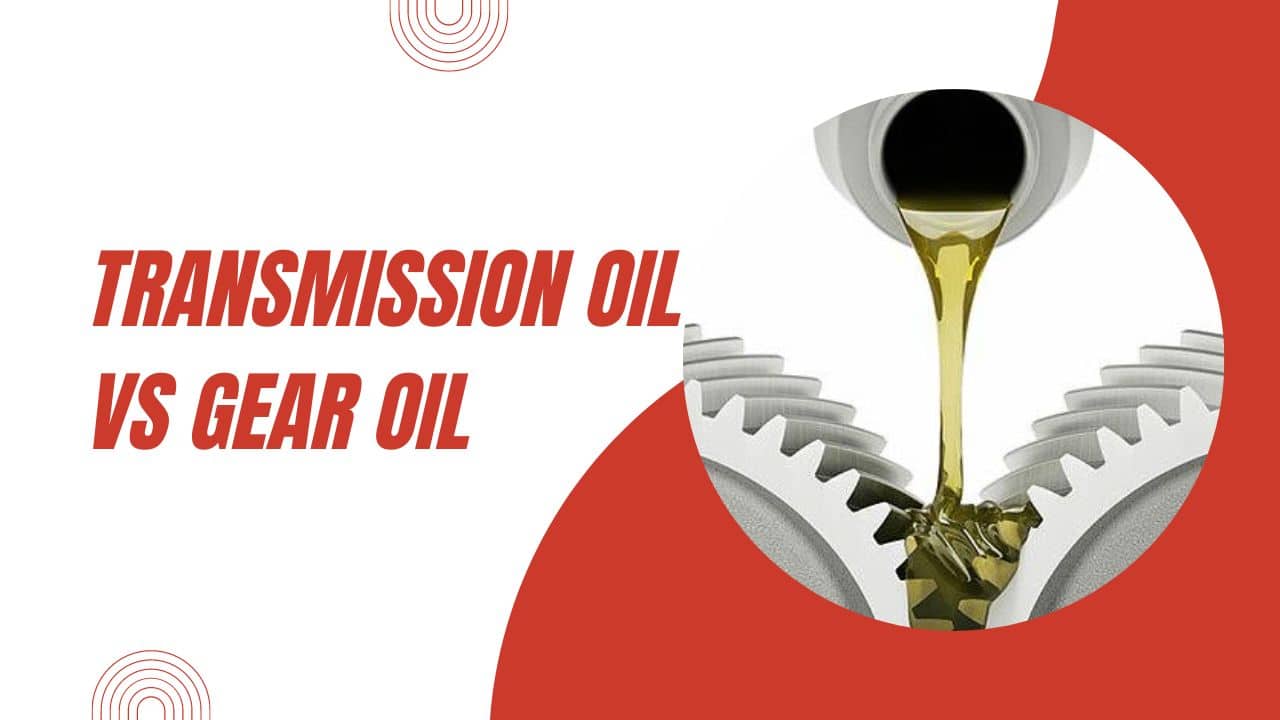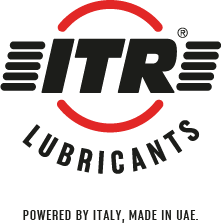
Examining transmission oil vs gear oil is necessary to understand transmission systems. They perform the same role, but they are different.
Transmission and gear oil perform the same function but are designed for different systems. There are some chemical differences between them. The manual transmission system for which gear oil is meant consists of shafts and gears. It also has a clutch that facilitates the shifts.
The make-up of the manual system and the way it operates leads to a lot of friction and heat. This causes high wear and tear in various components. Gear oil needs to be able to protect and lubricate the parts in this environment.
Automatic transmission systems (ATF) have more moving parts than manual systems. Gears change automatically based on the demands of the engine. Transmission fluid is the medium through which power moves to the clutches of the oil pumps. The friction and heat aren’t as high, and the oil acts as a hydraulic fluid. These factors combined dictate a different chemical composition for transmission oil.
What is the Difference Between the Transmission oil and Gear Oil?
The following are characteristics of the two oils.
Viscosity
Oil’s viscosity refers to its ability to flow and remain the same in changing temperatures. The oil doesn’t get thicker in lower temperatures or thinner in higher temperatures. Gear oil needs to be vicious because of the friction and heat that comes from the manual transmission system.
High viscosity protects surfaces in the system from coming into direct contact with each other, thus protecting them from wear and tear. The base oil from which oil gear oil is made determines its viscosity, and you choose accordingly for your vehicle. Transmission fluid doesn’t require high viscosity because friction and heat are not as high.
Nevertheless, the oil must flow easily to lubricate the many moving parts in the transmission system effectively. The hydraulic function of the fluid also makes low viscosity a necessity. Your transmission oil or gear oil’s base is the main factor determining viscosity.
Resistance to Heat
Friction, which is higher in manual transmission engines, generates heat. The gear oil you use should withstand this heat. Low thermal stability causes the oil to break down faster and turn into sludge, rendering it ineffective.
On the other hand, transmission oils in ATF act as a coolant in the vehicle. Thus it must have the capacity to keep the heat at bay. Furthermore, transmission fluids are less viscous and, therefore, have a lower boiling point. Your oil needs to have more thermal stability additives to keep it stable.
Therefore, transmission oil and gear oil require almost the same level of heat tolerance to be effective.
Pressure Resistance
Some gears work under extremely high pressure. They are usually slow-moving, and many of them are manual transmission vehicles. Ground Engaging Tools (GET) fall under this category. The gear oils need to be laced with extreme pressure additives to enable them to protect surfaces.
On the other hand, ATF vehicles are relatively low-pressure, and the oil may not necessarily need high-pressure resistance.
Build-up Prevention
Manual transmission vehicles have fewer and larger parts, and thus there is a lower possibility of shavings and debris building up. On the other hand, automatic transmission systems consist of many smaller moving parts with a high possibility of debris building up between the parts.
Such a build-up would inhibit the smooth movement of various parts or cause a breakdown. These oils usually have detergents to prevent debris build-up, saving you money for repair parts.
Foam Prevention
The low viscosity of transmission fluids makes them susceptible to foaming as they are whipped around the system. Foam reduces transmission oil’s ability to lubricate and inhibits transmission, affecting your vehicle’s power. Therefore, the oil should contain foam prevention additives that you may not have in gear oil.
Summary Table
| Transmission Oil | Gear Oil |
| It is less dense since automatic transmission systems have low friction and pressure. This low viscosity helps it perform its transmission role better. | It is more viscous to protect surfaces from higher friction. |
| The oil must be heat resistant to maintain its ability to cool the system. | It needs high thermal stability to keep from breaking down and losing its ability to lubricate. |
| Transmission oil does not need as much pressure resistance as gear oil. | Gear oils need varying levels of pressure resistance. The necessary pressure resistance level depends on the engine’s pressure to endure. |
| It requires to have build-up-prevention capability since the system has many moving parts. These moving parts make the transmission system vulnerable to clogging. | Moving parts in a manual transmission engine are few. The danger of debris accumulation is lower. Gear oil, therefore, doesn’t need anticlogging detergent. |
| It has foam prevention additives due to its low viscosity. | It doesn’t necessarily need to have foam prevention. Higher viscosity makes it a bit harder for it to foam. |
Conclusion
Transmission and gear oils play the same role, but their chemical and physical attributes differ. Transmission fluid is less viscous and, therefore, more prone to foaming, thus requiring antifoaming additives. Gear oil needs to have pressure additives to maintain its protective capability. Both of them need thermal stability to perform their roles.
ITR Lubricants’ Premium manual transmission oil, axle transmission oil, ATF, CVTF, or DCTF. This range meets high requirements for cars, trucks & commercial vehicles. Get a quote for transmission oil and gear oil.
